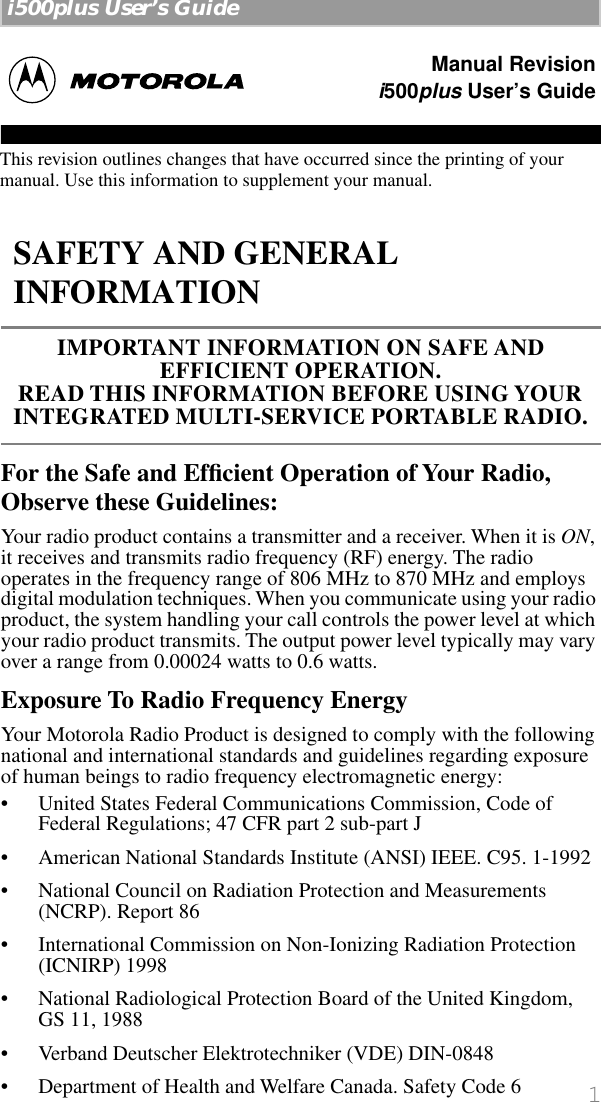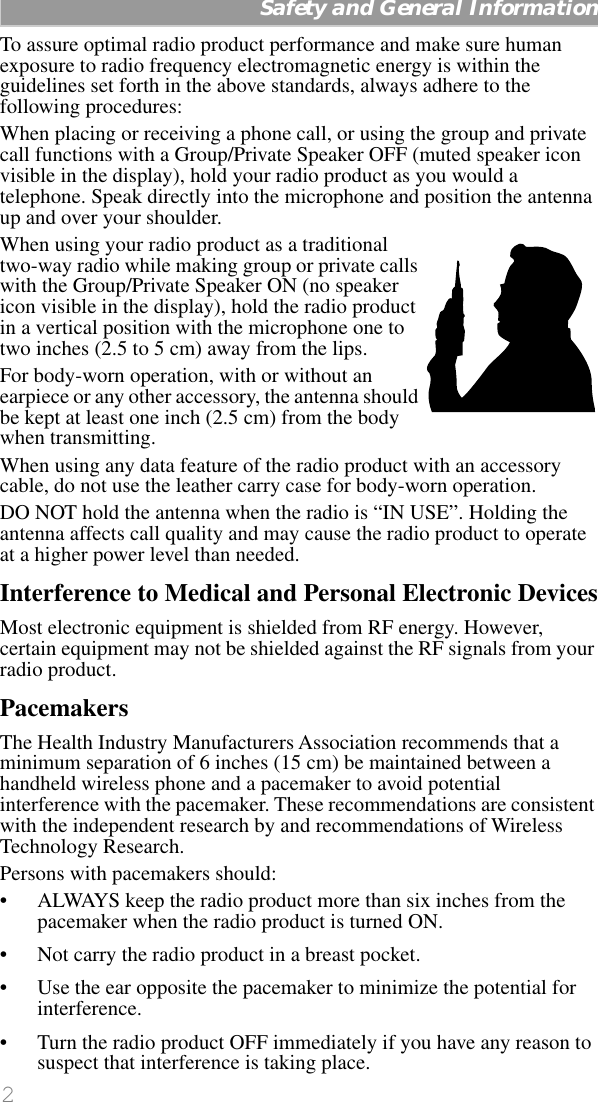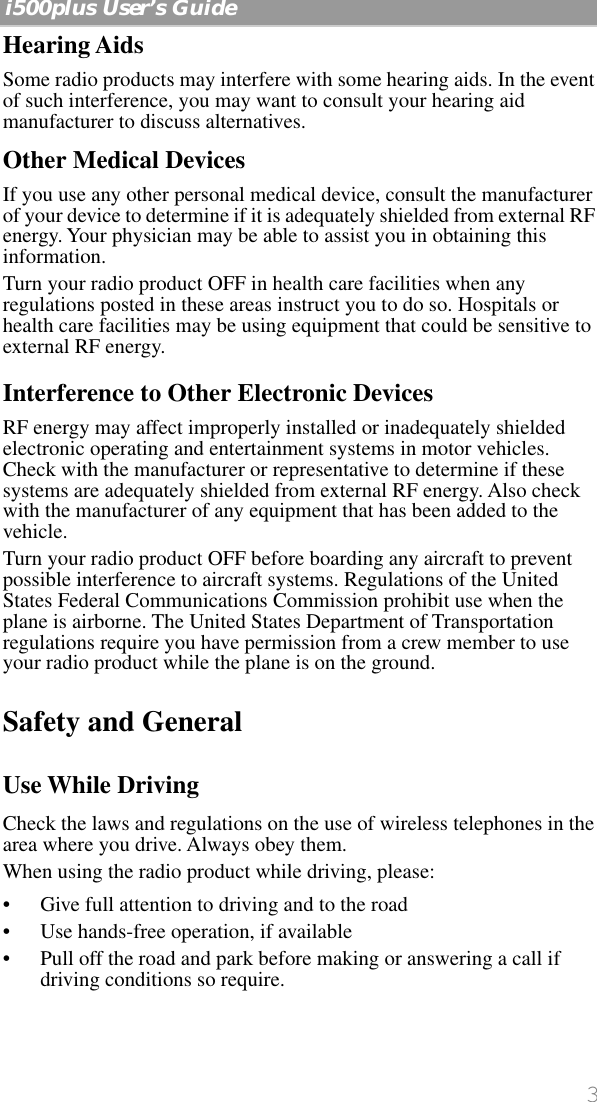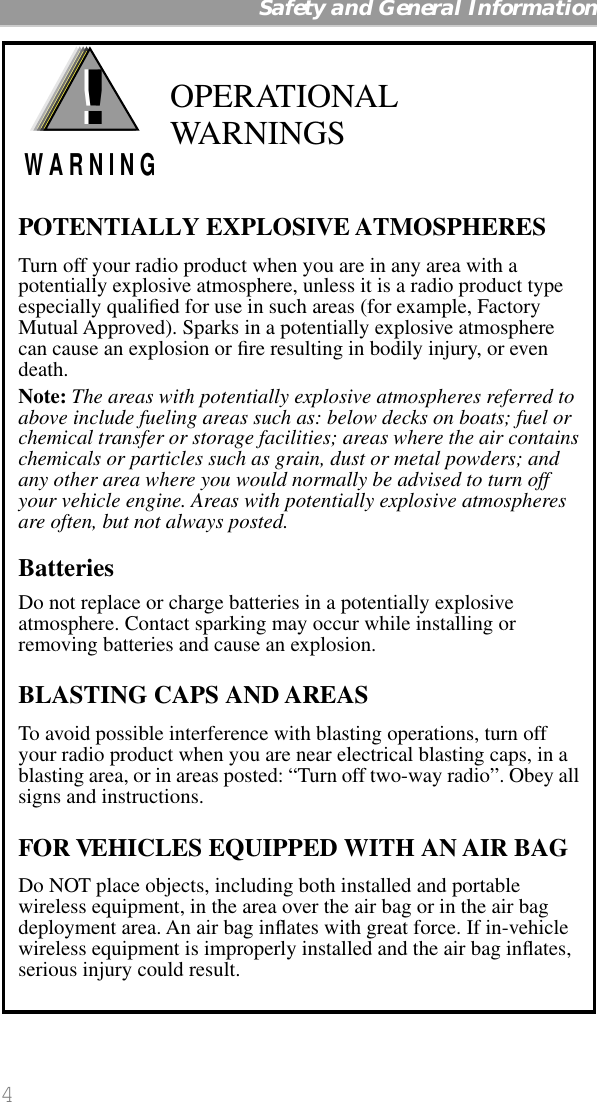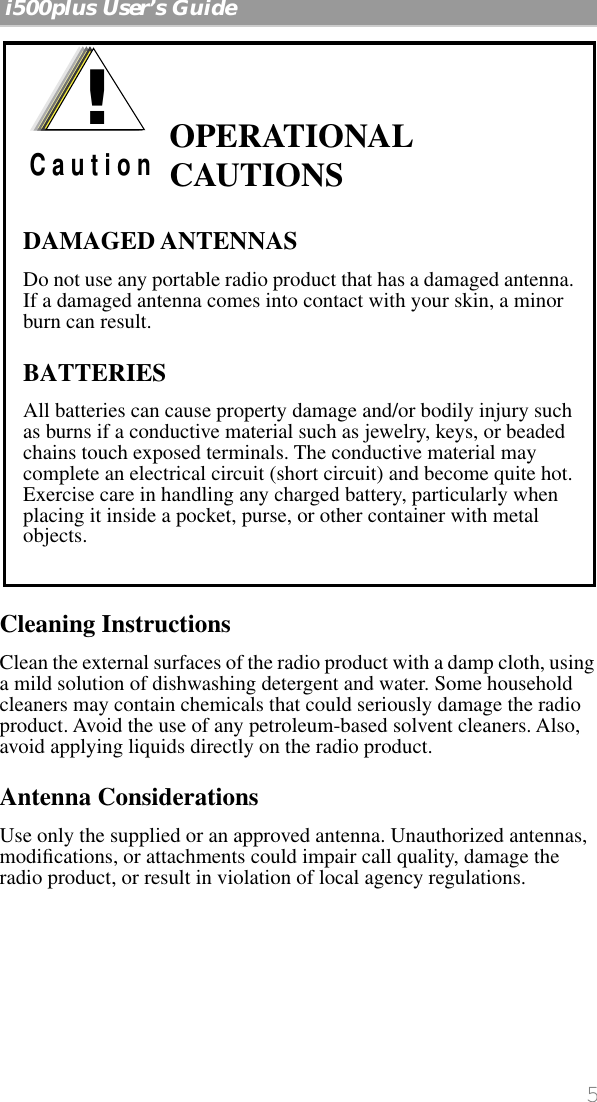Motorola Solutions 89FT5792 User Manual Safety i500plus
Motorola Solutions, Inc. Safety i500plus
Contents
- 1. Instruction Manual
- 2. User manual insert
- 3. Amended user manual
- 4. Insert for users manual resending
- 5. Safety and General Info in Users manual
Insert for users manual resending
